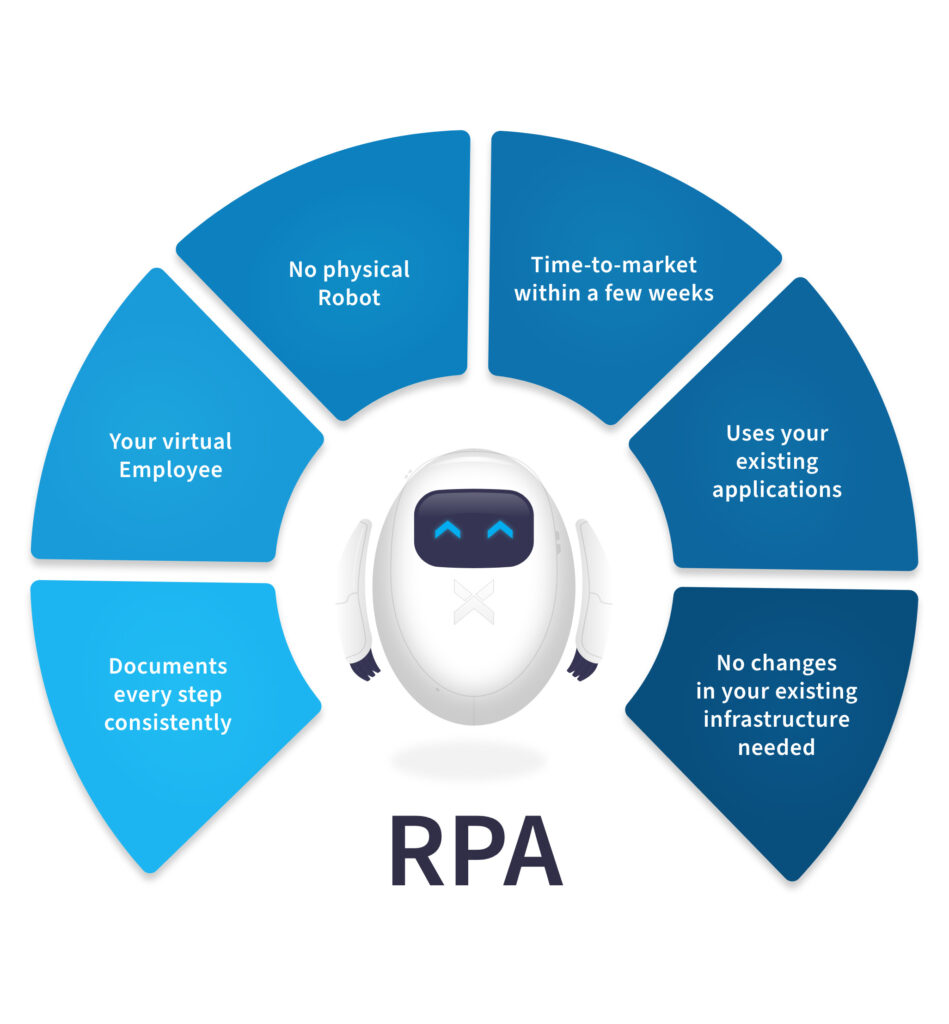Any business process can potentially discover a way to greatly benefit from using robotic process automation, or RPA. What’s more, your business can even find getting more done in the long run thanks to such a tool, all by allowing it to take over as the main go-to for small, repetitive tasks that take up the time of day you would otherwise dedicate to just running your business — doing your job.
But people who are interested in RPA may not necessarily understand the steps one must take to get there. If you need to understand this yourself, the following is a breakdown of what’s necessary to get your business process to integrate with an RPA software.
Identify The Opportunities
The number one thing that people forget to do first when deciding they want to glean the benefits of RPA is to identify where they need the help. With any business, you’ll have various processes that exist, each one with a number of tasks that define completion. For you to integrate RPA into any one of these, you will first need to recognize which processes accomplish what end results within your business system. Learning the purpose of even your auxiliary processes will be crucial, as it provides a way for you to evaluate each process for its worth to your business as well.
But more than that, this is a stepping stone into the most important part of this identification: finding tasks that can truly benefit from using RPA. Some tasks, after all, can’t use it at all — while others simply aren’t good candidates, as the automation of these would prove a waste of time and effort. If you know that the time spent adding RPA to your eligible set of tasks would do little to your business as a whole, then you may rethink your approach, or even your processes themselves. But if you find that the number of tasks that can use RPA integration is high enough, then by all means, take the next step!
Set Up The Tool
When you’ve found that the activities within your processes are worth automating, then you have to next decide which RPA tool to use. Various robotic process automation software types exist, but your needs will definitely need to be considered: for one thing, it’s important to note whether you have time for implementation. If the time and complexity of implementing a new tool like this seems daunting, you should be on the lookout for a tool that will make this easier on you.
Choosing an RPA software makes for a great decision and overall result, offering things like bot orchestration alongside an easy-to-use systematic process design and insights into bot activity. Once you’ve chosen the tool, you’ll need to integrate it into your existing processes as intended. Then, it’ll be time to set some ground rules.
Write The Rules
Bots are machines, albeit simple ones that perform automatically. How do these software bots perform automatically? By deploying according to a set of rules. These rules come from your business logic, the defining operators that help a bot know what to do and when to do it. It’s like the programming, but instead of informing the bot’s actual function, the business rules define the process’s functions in each given step — meaning that it’s an extra layer on top of the bot’s programming. The bot is programmed to do a job, and then the rules you write or import into your RPA software are what tells it when and how to do this job.
You have to first know what you want out of a task, though. If you come up with arbitrary rules for the sake of it, you’ll wind up with limitations that don’t need to be there. Instead, first you should look back to the tasks you defined, and the opportunities you identified: if you see that a task is in need of automation, you should have also determined why it needs it, when it needs it, and how the automation needs to be executed. These constraints can help you when defining your business logic for the RPA bots in use, whether it’s the regularity and timing of a task or the conditions that set a process into motion.
Fine-Tune The Automations
Here’s the long haul job: you need to watch your automations and make sure they’re doing the job you want. With RPA integrations, it’s all about creating the best possible business process, the best possible performance, and observation is a key part of this. When things start to look like they need tweaking, you can change a few things within your RPA software: altering the business rules, for one, can help the performance of these bots in the long run if you find that these constraints need redefining.
In the same way, alterations to bots (or replacing bots with others) using changes to their functionality and the programming created within your RPA software and within your individual microservices can be just as useful, even if it’s just by small, iterative configurations made simple by whatever platform you’re using. However you get the job done, the goal is the same: watch for the appropriate performance indicators, and change the performance through these controls when needed to create the best possible experience and the best possible business processes you can.
